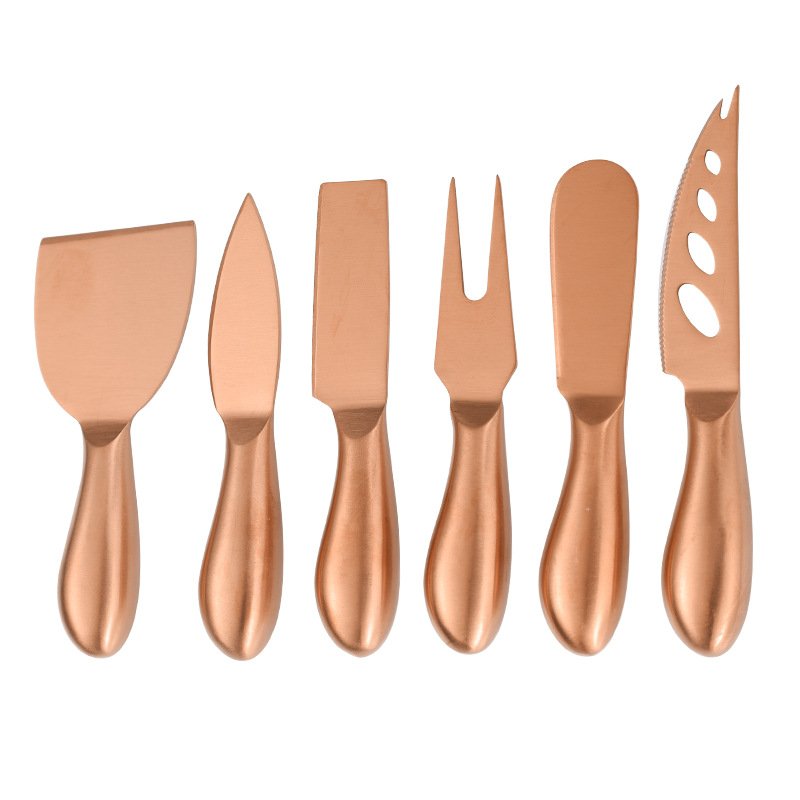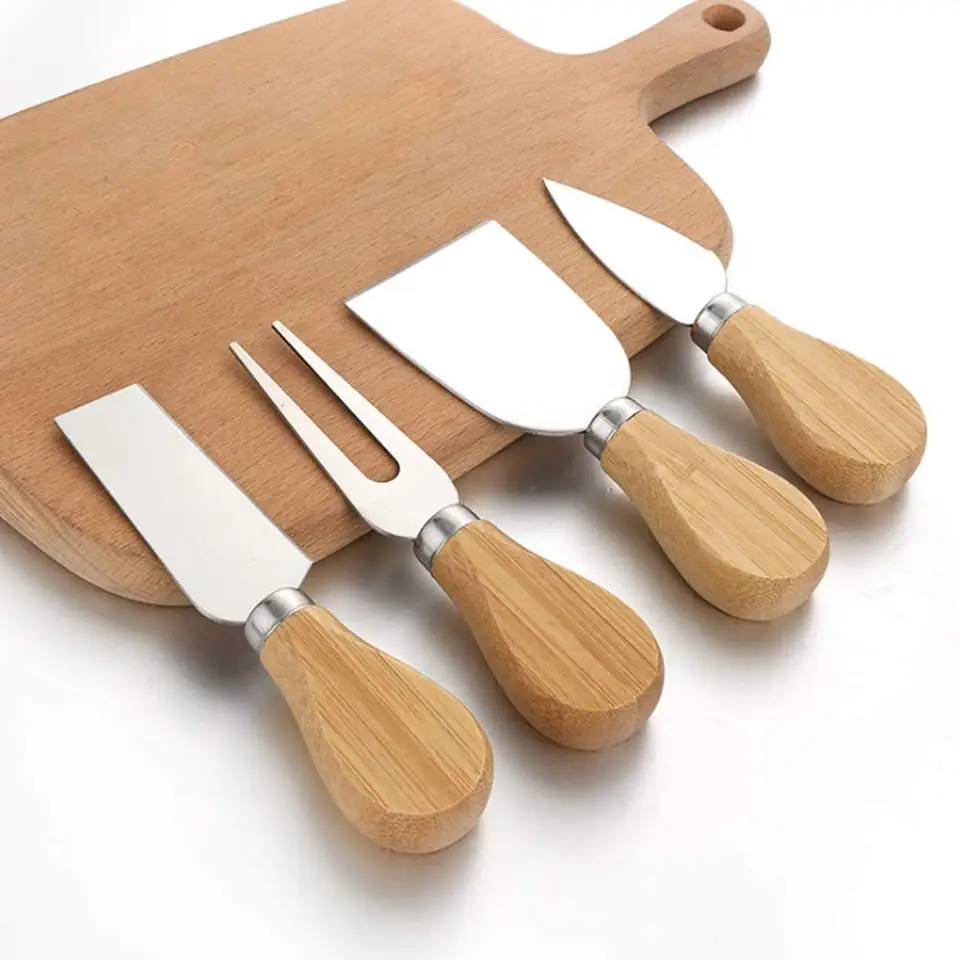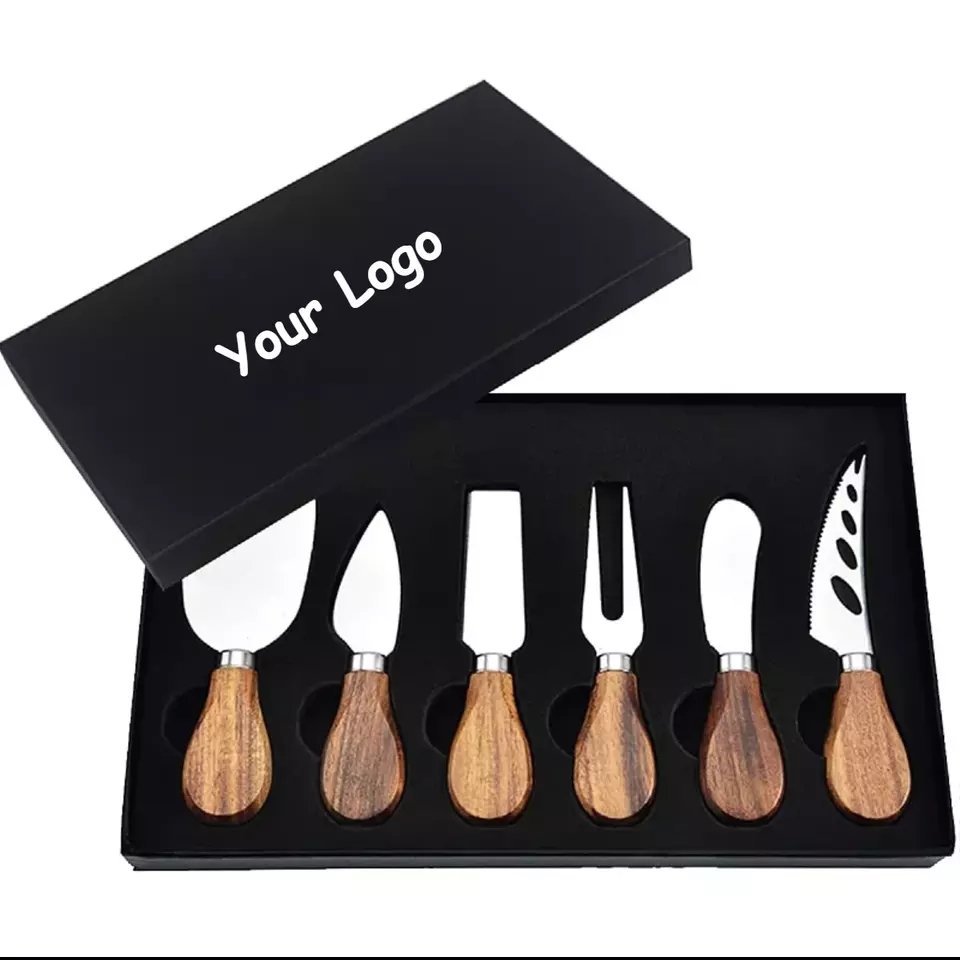Many buyers are now exploring Vietnam as a new source for cutlery. But is it truly better than China in terms of quality, scale, and reliability?
China remains the global leader in cutlery production due to its unmatched infrastructure, experienced workforce, technical precision, and ability to deliver consistent quality at scale.
While Vietnam has made some progress, it’s important to understand that not all “alternatives” are equal. Let me walk you through what I’ve seen as a manufacturer in China with 12 years in the industry.
Table of Contents
Are Products Made in Vietnam Better Than China?
Some people think “new” means “better”—but in manufacturing, it’s the opposite.
Chinese-made cutlery outperforms Vietnam in quality control, material handling, and design accuracy due to years of refinement and advanced machinery.
Experience Creates Consistency
| Factor | Vietnam | China |
|---|---|---|
| Industry Experience | Under 10 years | Over 30 years |
| Design Capability | Basic to intermediate | Full-range: minimalist to luxury-grade |
| Quality Control Systems | Vary widely | ISO9001, BSCI, SGS, LFGB certified systems |
China’s long experience allows for fewer errors, higher yield rates, and consistent delivery. As a manufacturer, we know exactly how to replicate a client’s design—even with tight tolerances—because we’ve done it thousands of times before.
What Cutlery Is Used in Vietnam?
Vietnamese markets often mix traditional and modern items, but they mainly import stainless steel cutlery—from China.
Vietnam may manufacture some cutlery locally, but the majority of high-quality stainless steel items are still imported, especially from Chinese producers like us.
Cutlery in Daily Life
| Usage Type | Common in Vietnam? | Source |
|---|---|---|
| Bamboo Flatware | Yes (domestic use) | Local production |
| Stainless Cutlery | Yes (urban, export markets) | Mostly imported from China |
| Luxury Flatware | Rare | Imported or OEM from China |
Vietnam’s domestic cutlery usage isn’t export-standard. The stainless steel materials, polishing equipment, and molding systems in China are significantly more advanced. In fact, many Vietnamese exporters source raw materials or semi-finished cutlery from us.
Are Products Made in Vietnam Better Than China?
This is a question I hear often from new buyers trying to diversify their sourcing. My answer? Not yet—and possibly not anytime soon.
While Vietnam is improving, Chinese cutlery products are still far superior in precision, finish, and reliability, especially at scale.
What Makes Chinese Products More Reliable?
| Factor | Vietnam | China |
|---|---|---|
| Manufacturing History | Emerging (under 15 years) | Mature (30+ years in stainless cutlery) |
| Product Range | Limited (mainly basic sets) | Wide—from mass-market to luxury design |
| Quality Control Systems | Inconsistent | Standardized and ISO/SGS certified |
I still remember one client from Germany who tried sourcing steak knives from Vietnam. He thought he could save costs. But after receiving three delayed shipments and quality issues like misaligned blades, he came back to us. We delivered a refined batch in three weeks—with better polish, better packaging, and zero returns. Sometimes, peace of mind is the real cost-saver.
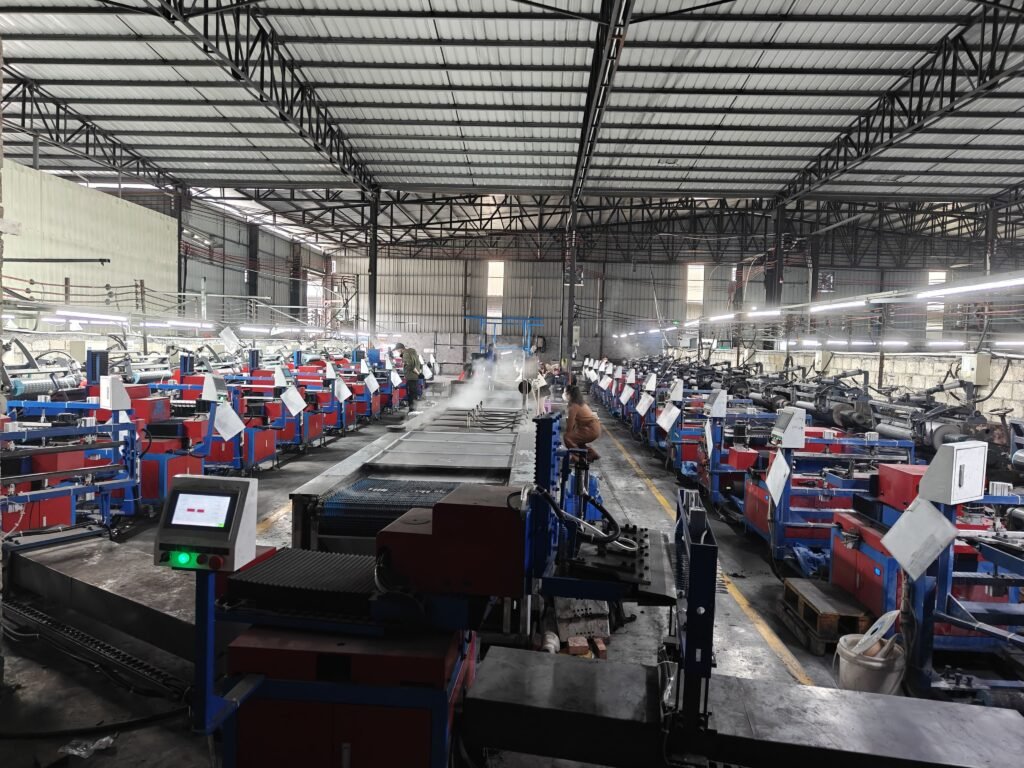
What Cutlery Is Used in Vietnam?
Vietnam has a strong local tradition when it comes to cutlery—simple, practical, and culturally rooted. But when it comes to export-grade cutlery, it mostly turns to China.
Vietnamese households use bamboo and simple stainless steel tools locally, while high-end or export-level cutlery is still largely imported or OEM manufactured in China.
Local Use vs. Export Capability
| Use Case | Vietnam Domestic | Vietnam Export |
|---|---|---|
| Traditional Chopsticks | Bamboo, wood | Bamboo for export, often handmade |
| Spoons/Forks (urban) | Low-grade stainless steel or plastic | Stainless sourced from China |
| Premium Flatware Sets | Rarely used | Mostly OEM through Chinese factories |
From my discussions with a sourcing agent based in Ho Chi Minh, I learned that many of their “Vietnamese” listings on B2B platforms are actually assembled locally but with blades or components made in Guangdong. It’s a smart play, but it says a lot about Vietnam’s dependence on Chinese upstream supply.
Is It Cheaper to Manufacture in China or Vietnam?
At first glance, Vietnam seems cheaper. But if you consider rework costs, communication delays, and production speed—China gives more bang for your buck.
Vietnam may offer lower wages, but China’s mature infrastructure, efficient logistics, and lower rejection rates often lead to lower total costs.
Breakdown of Unit Economics
| Category | Vietnam | China |
|---|---|---|
| Labor Cost (per hour) | $1.50–$2.00 | $3.50–$5.00 |
| Rework/Return Cost | High due to QC gaps | Minimal with reliable suppliers |
| Communication Delay | Slower (language gaps) | Real-time via digital platforms |
| Yield Efficiency | Lower, less automation | Higher, robotics and ERP systems enabled |
For one US client we serve in private-label flatware, they once tested production in Vietnam and ended up absorbing a 10% rework rate due to inconsistent welds. After switching back to our factory, the rate dropped below 1%. That kind of difference shows up fast in your bottom line.
Is Made in Vietnam High Quality?
It can be—if you’re lucky. But luck isn’t a strategy.
Vietnamese factories are improving but still lack the consistency, scale, and technological depth that defines top-tier Chinese cutlery.
Structural Gaps in Quality Output
| Factor | Vietnam | China |
|---|---|---|
| ISO/BSCI Adoption | Not universal | Standard in export-ready factories |
| Polishing Techniques | Often manual | Automated, consistent |
| Quality Personnel | Limited training | Dedicated QA teams with 10+ years of experience |
Buyers who chase cost often forget that replacing one out of every ten shipments kills profit margins fast. We’ve hosted clients in our factory to observe our polishing robots in action—and they’re often surprised how tight our tolerance checks are. That’s not something you get everywhere.
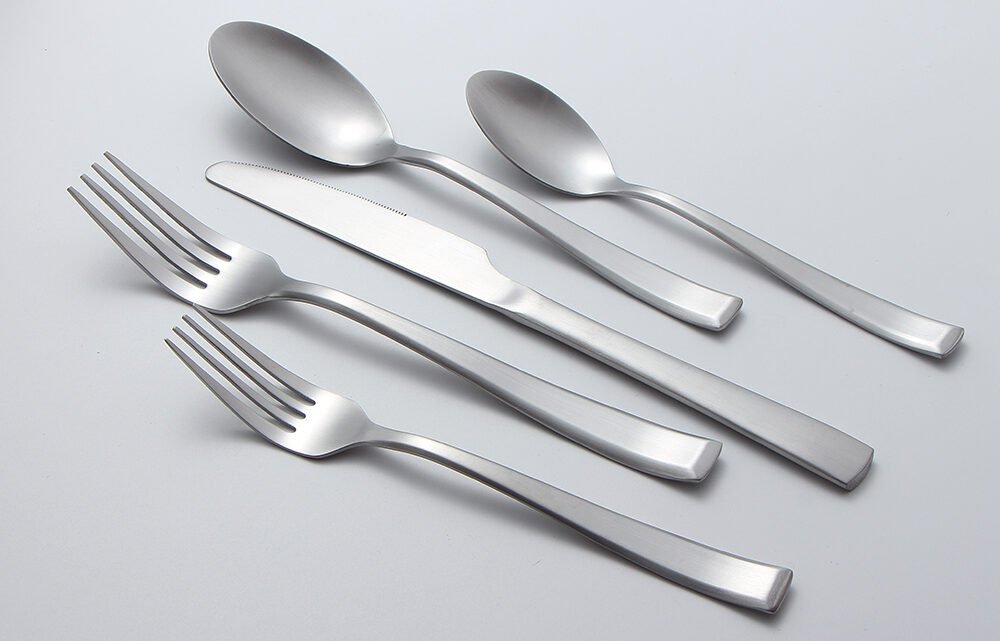
What Are the Pros and Cons of Manufacturing in Vietnam?
There are some advantages for light assembly or basic wooden cutlery, but for anything that needs precision, China still dominates.
Vietnam is improving in light manufacturing, but still relies on imports for materials, lacks full-line automation, and can’t yet match China’s speed or finish.
Pros and Cons Summary Table
| Factor | Vietnam (Pro/Con) | China (Pro/Con) |
|---|---|---|
| Labor Cost | ✅ Cheaper labor | ❌ Higher cost, but more efficient |
| Logistics Infrastructure | ❌ Still developing | ✅ Full-scale ports, bonded zones |
| Quality Control | ❌ Inconsistent | ✅ ISO, SGS, BSCI embedded in systems |
| Scale Capability | ❌ Mid-size batch only | ✅ Handles multi-million-unit orders |
| Supplier Network | ❌ Fragmented sourcing | ✅ Vertical integration—raw to retail ready |
We work with clients who need 5,000 pcs one time, and 500,000 pcs the next. That’s the agility China gives you. It’s about readiness, not just price.
What Are the Trade Policy and Tariff Differences Between Vietnam and China?
Vietnam has free trade benefits in the EU, but China’s advantages come from logistics scale and tax refund policies.
Vietnam’s lower tariffs help with EU access, but China’s bonded warehouse system, tax rebates, and shipping power keep us competitive worldwide.
Tariff Comparison Table
| Market | Vietnam (FTA) | China (Standard) |
|---|---|---|
| EU | 0–5% with EVFTA | 10–20% unless through HK routing |
| US | 3–7% MFN | 25% (Section 301 for some HS codes) |
| Australia/Japan | Near zero | Near zero |
But here’s the thing: China’s VAT refund system returns up to 13% of export value—something Vietnam doesn’t match. Also, Chinese ports like Ningbo and Qingdao ship faster and more frequently, keeping delivery times short and costs low.
How Do Environmental Regulations and Sustainability Practices Compare?
China is often misunderstood. People think “cheap equals dirty,” but the truth is, we’ve come a long way.
China’s environmental policies are stricter than ever—clean production, stainless steel recycling, and green certifications are now industry standard.
Sustainability Metrics
| Indicator | Vietnam | China |
|---|---|---|
| Environmental Audits | Occasional (client-driven) | Mandatory (gov + third-party inspections) |
| Use of Recycled Steel | Moderate | Extensive (certified supply chains) |
| Green Certifications (ISO14001, FSC) | Growing adoption | Common among export factories |
| Renewable Energy Use | Limited | Solar integration in modern factories |
In our own factory, we’ve installed solar panels on the roof, use recycled water during polishing, and rely on certified raw materials. It’s not just marketing—it’s required to meet buyer audits. And we pass every time.
Vietnam is making progress, but China remains the gold standard for cutlery manufacturing. For brands that prioritize precision, consistency, and scalability, China is still the most reliable and cost-effective choice.


